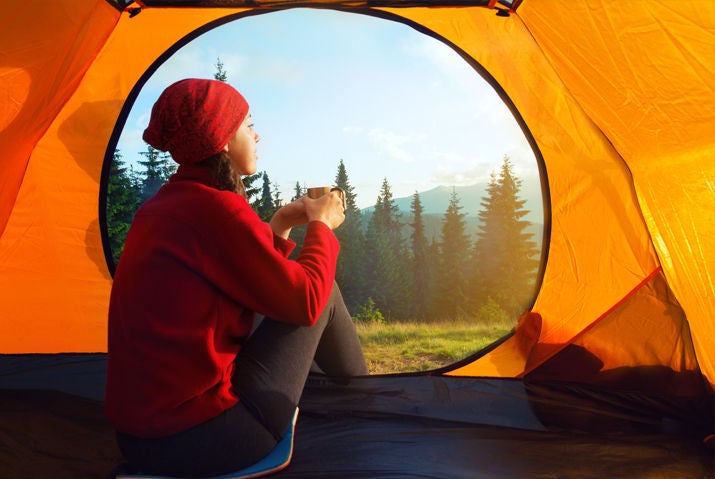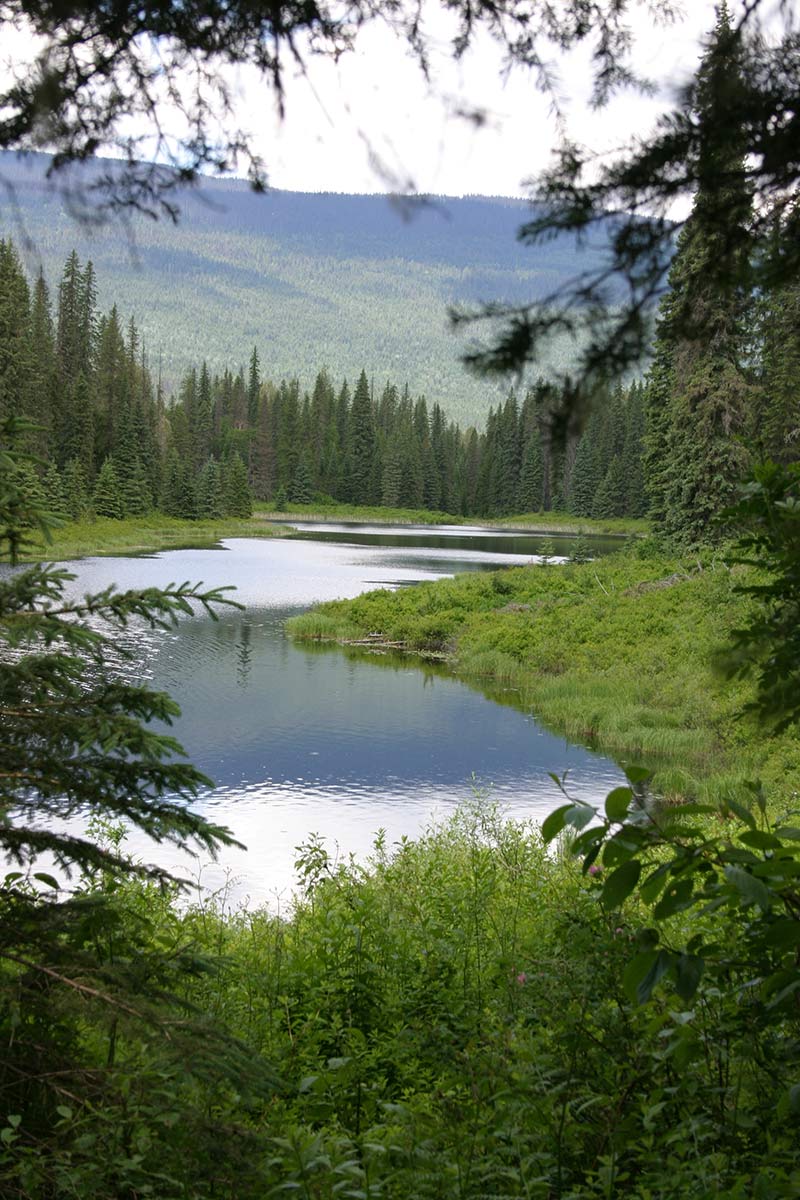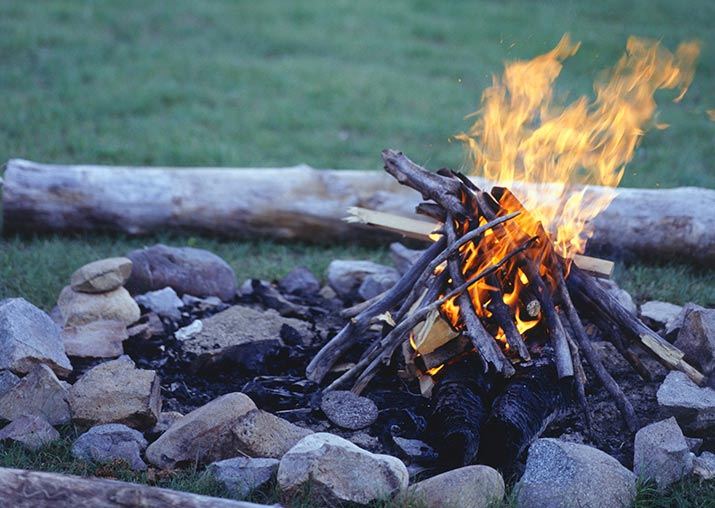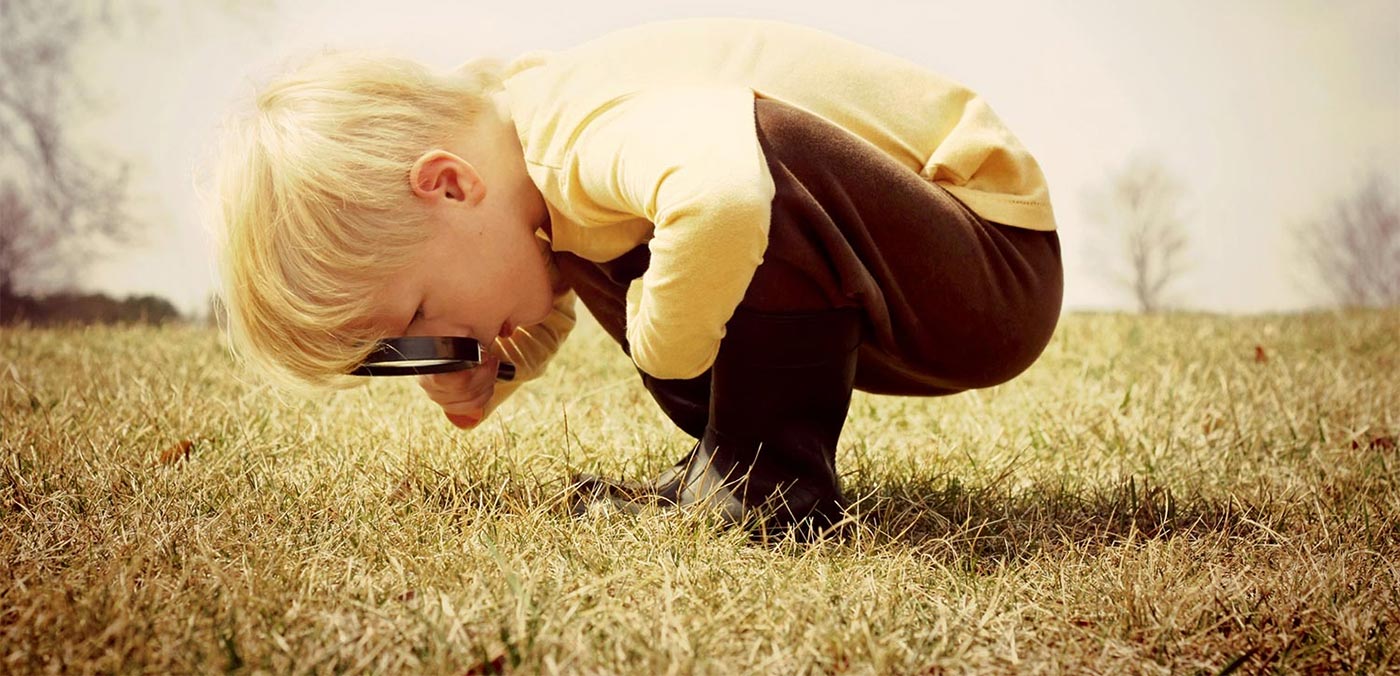Canada is home to a large variety of wildlife. In fact, there are about 200 kinds of mammals, 200 types of freshwater fish, and more than 600 kinds of birds in this country. We also have a few lizards, about 35 types of snakes and thousands of insects and flora.
If you go camping, you may be able to see some of these amazing species. Depending on what part of Canada you are exploring, you could see squirrels, beavers, bears, deer or moose. What should you do, and what shouldn’t you do, when you’re going on an outdoor adventure?
DO
- Find out about the wildlife in the area before you go exploring.
- Take pictures from a safe distance and send them to CWF.
- Stay on the marked trails so you don’t get lost.
- Bring drinking water, snacks and sunscreen with you if you are hiking.
- Make noise if you are in bear country so the animals know you are coming.
- Put your garbage in sealed bins.
DON’T
- Venture into the wilderness without information and supplies.
- Disturb the plants and animals.
- Travel in areas where it is not permitted.
- Feed wild animals.
- Make noise if you want to see fish.
- Leave your garbage.
Read more about Canadian animals.
Watch our videos about Canadian wildlife.
Learn about animal tracks.
ONLY IN CANADA
There are about 40 species of wildlife you can only find in Canada. Here are a few examples:
- Vancouver Island Marmot, now being supported by CWF and Calgary Zoo
- Richardson's, Ungava and Ogilvie Mountains Collared Lemmings
- Gaspe and Maritime Shrew
- Peary Caribou
- Wood Bison
- Atlantic Whitefish
Did you know? About 600 of Canada’s wildlife species are at risk. Please donate to the Canadian Wildlife Federation to help protect these plants and animals.
While you are sleeping, many animals may be hunting, exploring or working. When it’s dark, cool and there are less people wandering around it may be easier for animals to find food and get their chores done. In Canada, many animals are active at night including beavers, crickets, cougars, coyotes, black and grizzly bears, frogs, moths, owls, racoons, wolves and wolverine.
If you go camping, you may hear see some of these amazing species as you settle in for the night, depending where you are in the country. What should you do, and what shouldn’t you do, late at night and early in the morning?
DO
- Be careful when driving at dusk and dawn as this is when most animals feed
- Take a flashlight with you and make noise if walking around a dark campsite at night
- Plan on exploring in the daylight or with a guide
- Listen carefully to the sounds of animals at night and try to identify them but not bother them
DON’T
- Try to attract animals to your campsite with food
- Point your flashlight into the eyes of people or animals
- Get close to wild animals
- Go exploring if you are not sure of what’s out there
Read more about some of Canada’s nocturnal animals.
Find out more about one of the most famous and misunderstood nighttime mammals – bats!
Who’s there? Is that an owl you hear at night?
Our friends at the US National Wildlife Federation published a song about animals at night and a list of five animals you may hear when camping.
DID YOU KNOW?
- If it’s a moonlit night animals may still be out and about!
- Some plants are also active at night! In Canada this includes Evening Primrose and water lilies. When you are camping, take time to stop and smell the flowers at night.
- You can join the CWF photo club to share your wildlife pictures.
- 0
- 1
- 2




